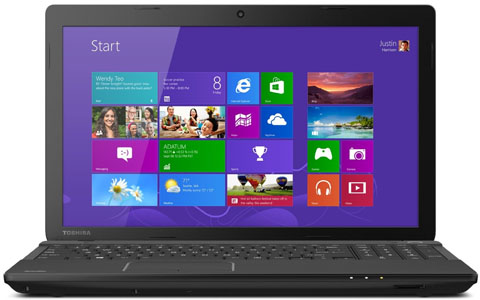How to Make Computer Faster
In this tutorial, we will teach you how to make your computer run faster. So let’s get started.
Links to applications discussed in this tutorial:
Google Chrome
https://www.google.com/chrome/
Firefox
https://www.mozilla.org/firefox/
Opera
http://www.opera.com/
Kmeleon
http://kmeleon.sourceforge.net/
Lynx
http://lynx.browser.org/
Open Office
http://https://www.openoffice.org/
VLC Player
http://www.videolan.org/vlc/index.html
Google Docs
https://docs.google.com
Fotographix
http://lmadhavan.com/software/fotogra…
Step 1 — Browsers:
To learn how to make computer faster, first of all, you have to deal with the browsers. Generally speaking, browsers eat up a lot of space. Just to give you an idea, Google Chrome can utilize up to 400 megates of memory when opening just a single website. One way to reduce the use of memory is looking at the processes and disable all the browser extensions you might have installed.
Compared to Google Chrome, Firefox and Opera both utilize much less space.
Similarly there are many other lightweight browsers that can be downloaded and installed. For example the Kmeleon web browser. This browser will utilize the least memory as compared to all the three web browsers combined.
If you really want to tone things down, you can even try out the Lynx web browser. This is basically a command line browser which utilizes only 3.5 megates of storage and when active wouldn’t even take 2 megates of memory.
Step 2 — Media Players
if you open the same video file in the windows media player and the VLC player, you will notice that windows media player process takes up more memory than the VLC player. So a good alternative for playing your media files would be this application.
Step 3 — Windows media player codec problem
Windows media player also requires different codecs to open up different types of media files. For example, if you try to play the ogg audio file format in windows player, it would give you an error, while the same audio file will be playing in the VLC player without any problem.
Step 4 — Document Processing tools
If you are working on a long document with images, you will notice in the resource monitor that the utilization increases alot. More so, the percentage of CPU used this process keeps jumping from high to low, and isn’t consistent. Keeping in mind that you are only using a word processor, taking up 5% of the memory seems a bit too much.
Step 5 — Open office as an alternative
On the other hand, Open Office, a freeware document processing suite, requires only 440 megates of disk space to install the complete suite, not only just one program. So when compared to Microsoft Office, where one application is utilizing so much memory, you have a complete suite available within 500 megates of disk storage.
Step 6 — Google docs as an alternative
If you want to save up on storage space some more, you can switch to the many web based document processing suites. One example here is Google Docs. With such web based applications, you don’t need to install any software and can start making documents immediately. All you need Is a Google account and that’s it. You can create new documents, add pictures and different artwork to them and most importantly share them with different people. All you need is their email address, and they can view the contents of your document.
Furthermore, since all the work that you do will be saved in a cloud storage, you can access that data from anywhere at any time.
Step 7 — Post production tools
Applications such as Adobe Photoshop require a lot of space both for installation and memory usage. Initially, you need up to 1 gigate of free storage space to properly install Photoshop on your system. In comparison to that, Fotographix is a light weight free image processing tool that allows you to do exactly what Photoshop does, that is manipulate images and create artwork.
httpv://youtu.be/bDcYnIo1rBM
[ica_orginalurl]

